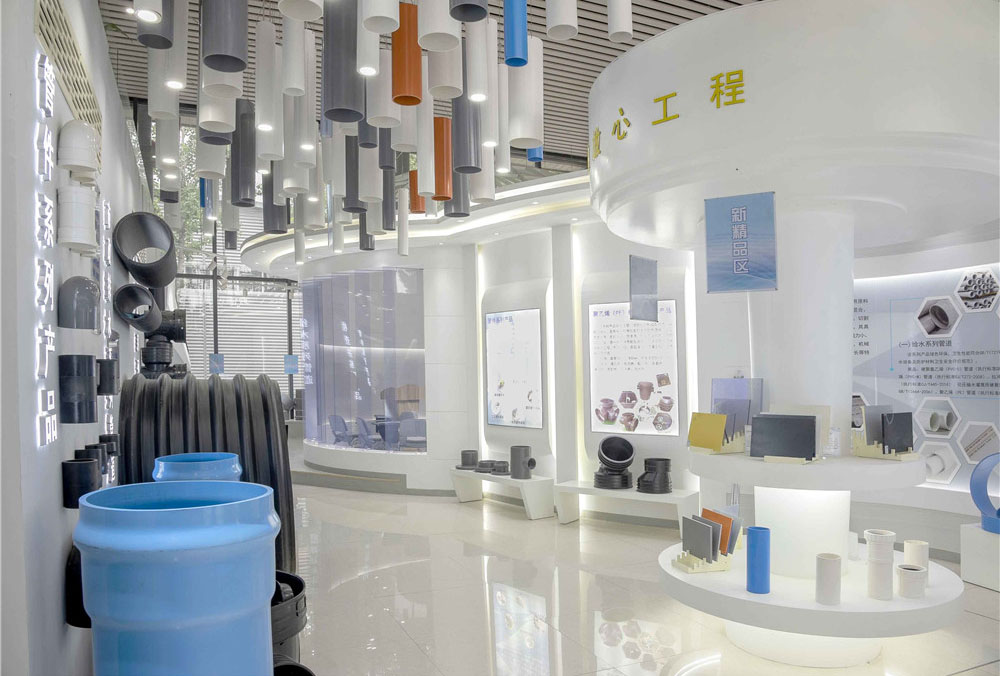Dec . 10, 2024 20:00 Back to list
PVC Irrigation Pipe Fittings for Efficient Water Management in Agriculture
Understanding PVC Irrigation Pipe Fittings A Comprehensive Guide
In the realm of modern agriculture and gardening, efficient irrigation systems play a crucial role in promoting healthy plant growth and maximizing water usage. Among the various components that facilitate effective irrigation, PVC (Polyvinyl Chloride) pipe fittings have emerged as a popular choice due to their durability, versatility, and cost-effectiveness. This article delves into the world of PVC irrigation pipe fittings, exploring their types, benefits, installation processes, and maintenance tips.
Types of PVC Irrigation Pipe Fittings
PVC irrigation pipe fittings come in a variety of shapes and sizes, designed to connect different segments of piping and enable efficient water flow. The most common types include
1. Elbows These fittings are used to change the direction of the water flow, usually at a right angle (90 degrees) or at 45 degrees, allowing for flexible layout designs.
2. Tees A tee fitting allows water to flow in three directions, supporting the creation of branching irrigation setups. This is particularly useful in distributing water to several plants or areas from a single mainline.
3. Couplings and Adapters These fittings are essential for connecting two pieces of PVC pipe of the same or different diameters. Couplings ensure a tight seal, while adapters allow transitions between different types of fittings.
4. Caps and Plugs Caps are used to seal the ends of a pipe, while plugs serve to block flow in a pipe. Both are crucial for system maintenance and the prevention of unintended leaks.
5. Valves Control the flow of water within the irrigation system. Ball valves, gate valves, and check valves are common types used in these applications.
Benefits of PVC Irrigation Pipe Fittings
The popularity of PVC fittings in irrigation systems can be attributed to several key benefits
- Durability PVC is resistant to corrosion, rust, and UV radiation, which means that it can withstand harsh landscaping conditions without deteriorating quickly.
- Cost-Effectiveness Compared to metal or other types of fittings, PVC options are generally more affordable, making them an appealing choice for both residential and commercial applications.
- Ease of Installation PVC pipe fittings are lightweight and easy to install. With basic tools like a saw and cement, even novice DIYers can set up a functional irrigation system.
pvc irrigation pipe fittings

- Flexibility The working temperature range of PVC makes it suitable for different environments, enabling consistent performance in various climates.
Installation Process
Installing PVC irrigation pipe fittings involves a few straightforward steps
1. Planning Before installation, plan the layout of your irrigation system. Identify the areas you want to irrigate and how the pipes will run.
2. Cutting the Pipe Use a saw to cut the PVC pipes to the desired length. Ensure the cuts are straight for a proper fit.
3. Dry Fitting Assemble the fittings without cement to check the layout. Make any necessary adjustments before proceeding.
4. Cementing Apply PVC cement to the end of the pipe and the fitting. Push them together firmly and hold for a few seconds.
5. Curing Allow the cement to cure as per the manufacturer's instructions, ensuring the system is leak-proof.
Maintenance Tips
Maintaining PVC irrigation pipe fittings is relatively simple but crucial to ensuring long-term efficiency
- Regular Inspections Periodically check for signs of leaks or wear, catching issues early can prevent more significant problems later.
- Clean Fittings Remove any buildup of dirt or sediment that may obstruct water flow to maintain system efficiency.
- Protect from Freezing In colder climates, consider draining the system before the first freeze to prevent cracking.
In conclusion, PVC irrigation pipe fittings are an essential component of efficient irrigation systems. Their versatility and ease of use make them an excellent choice for anyone looking to optimize their watering methods, ultimately leading to healthier plants and more sustainable water usage. Whether for home gardens or large agricultural fields, understanding how to effectively use these fittings can vastly improve irrigation effectiveness and minimize waste.
-
High-Quality PPR Pipes and Fittings Durable ERA PPR & PVC PPR Solutions
NewsJul.08,2025
-
Black HDPE Cutting Board - Durable, Non-Porous & Food Safe HDPE Plastic Cutting Board
NewsJul.08,2025
-
High-Quality CPVC Panel Durable HDPE & PVC Panels Supplier
NewsJul.08,2025
-
Double PE Welding Rod Supplier - High Strength, Durable & Versatile Welding Solutions
NewsJul.07,2025
-
High-Quality PVC-O Pipe Supplier Durable 75mm PVC Pipe & Connections Leading PVC Pipe Company
NewsJul.07,2025
-
HDPE Drainage Pipe Supplier – Durable & Corrosion-Resistant Solutions
NewsJul.06,2025

